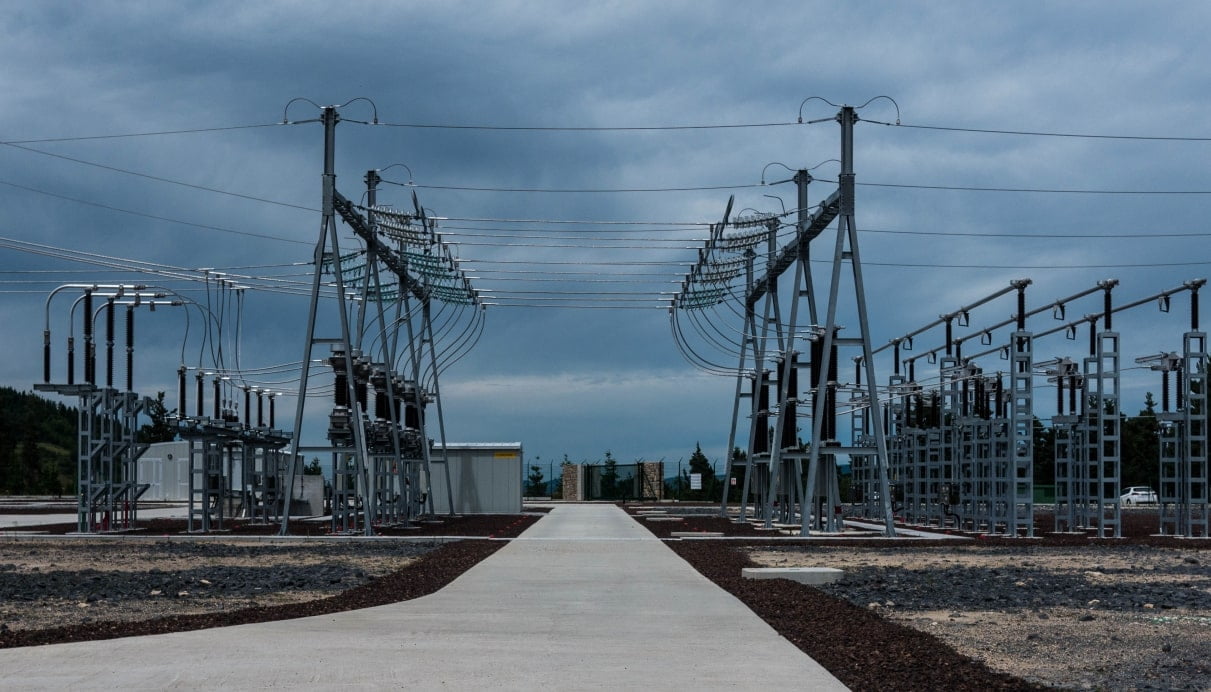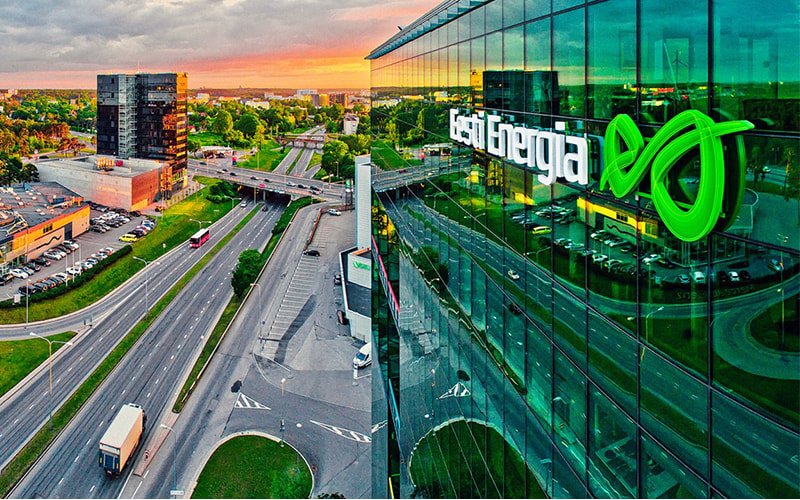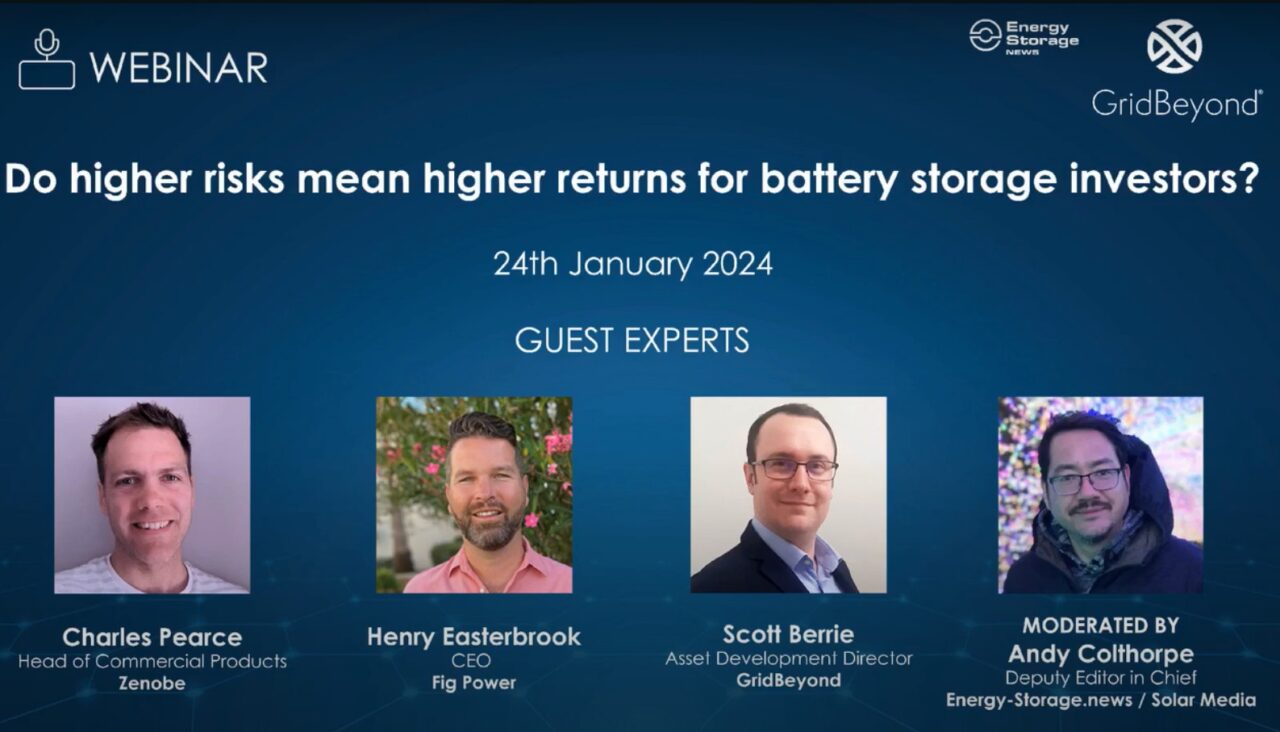The US market played a major role in contributing to that performance, LG ES said, claiming that it has been able to capitalise on rising market demand for both EVs and stationary storage by its proactive approach to establishing operations in the country.
In remarks to accompany its Q1 2023 financial results, LG ES leadership said the production of LFP cells in the US would be a “major growth engine” for the company.
That move to put production lines serving OEMs into the American market began long before the 2022 passing of the Inflation Reduction Act (IRA), but the IRA’s tax credit incentives in particular are strongly boosting the business case for batteries in the US, both on wheels and in containers or buildings.
LG ES is building multiple production plants across the country, including in partnership with major automotive manufacturers like GM and most recently Honda. The focus on the much bigger EV market is obvious, but LG ES’ new US plants include its split-purpose gigafactory in Arizona, which will produce cylindrical cells for EVs as well as a dedicated 16GWh production line for ESS.
“…because we have already secured regional battery production and value chain in this critical market environment, we will be committed to turning this into opportunities so that we can have competitive security as a global first mover when demand covers,” company executives said in an earnings call to discuss results.
Once its various US projects are ramped, LG ES can expect to avail of IRA tax credits for between 45GWh and 50GWh of its annual production, the company claimed.
In the ESS space, it has started “producing lithium iron phosphate (LFP) cells in earnest”, while company leadership also noted the recent launch of LG Energy Solution Vertech, the battery energy storage system (BESS) integrator business which came about following the acquisition of NEC Energy Solutions.
LG Energy Solution Vertech was unveiled in September 2023 at the RE+ trade show in California, US, and in December the parent company announced that the integrator already had 10GWh of customer contracts secured or in its near-term pipeline.
LG ES does not break out the numbers for its ESS division, although representatives have told Energy-Storage.news that the company intends to do so in future. The company has only begun issuing quarterly and yearly financial reports since its US$10.7 billion IPO which concluded in early 2022.
An LG ES executive from its ESS battery planning division said that the company expects the global energy storage market “to sustain a strong growth of around 30% worldwide, driven by [the] US market” during 2024. The company is active in Europe, evidenced by today’s news that it will supply the BESS for Estonia’s first-ever grid-scale project, but the US is its major focal point.
“Solid demand is expected for the power grid in the US thanks to the IRA policy. For residential, growth is expected again, mostly led by the US market,” the executive said.
“Now, the company will keep responding actively in the US market which is our main market and especially for the power grid and we will also try to secure a stable pipeline, by agreeing on large volume [orders] with the strategic customers, so that we will also be able to sustain our profitability.”
BloombergNEF said there was around 34% growth in the global BESS market, during 2023, with the research and analysis group forecasting a 27% compound annual growth rate (CAGR) of demand through 2030.
LG ES planning lithium-sulfur battery production by 2026-2027
CFO Chang Sil Lee said that LG ES’ 78% year-on-year rise in annual operating profit was achieved through cost reduction measures and improvements in yield and productivity combined with IRA tax credit recognition.
In the fourth quarter of 2023, LG ES reported an estimated KW250.1 billion of its total KW338.2 billion profit came from tax credits. Back in September Energy-Storage.news heard from the company that through its onshoring plans, it will be well placed to achieve 60% domestic content by 2027, meaning that it will meet and exceed a 55% threshold for attaining higher rate tax credits that will be in place from that year. The company noted in its earnings call that it has adjusted its supply chain arrangements to meet Federal Energy Regulatory Commission (FERC) regulations for IRA-eligible raw materials.
LG ES said volatility in raw material costs contributes to a less favourable environment in the short term. While the industry has welcomed the return of falling costs after price spikes from 2021 and especially in 2022, it also means the average selling price (ASP) of batteries has fallen.
Quarter-on-quarter, the company’s revenue fell 53.7% which was largely attributed to the lagging impact of raw materials prices expanded, and what LG ES described as “key EV customers’ conservative holding of year-end inventory and prolonged impact of major metal price fall” being reflected in lower ASPs.
Taking the example of lithium hydroxide, executives said the price has fallen about 80% since its peak in 2022, averaging at US$14 per kilogramme.
There has also been a relative slowdown in the EV market. That has been most pronounced in Europe, but also in the US to an extent, and LG ES said growth in EV battery demand during 2024 would be slower than that of the ESS market, in the ‘mid-20s’ range of percentage growth.
Going forward, LG ES discussed its three-pronged strategy for improving profitability based on: ‘technology leadership’, ‘cost competitiveness’ and ‘future readiness’.
It has made investments in and signed contracts with upstream raw materials companies and formed partnerships on recycling, is pursuing high levels of product differentiation, innovating on raw materials and factory automation and developing new battery technologies. The company said it aims to have developed ‘semisolid’ and lithium-sulfur battery products by 2026-2027.
LG ES did also say it wanted to maintain a nimble approach to its investments, including in the US, perhaps with a view to the known unknowns such as the outcome of the presidential election or industry-specific headwinds of that type that buffeted the industry during the pandemic such as supply chain disruptions.
“We will remain flexible and proactive as we keep closely monitoring the changes in the market environment and customer demand. When and where we see the need to adjust the pace, we will do so in close consultation with customers. So to sum up, overall, our investment strategy and direction remained largely unchanged,” executives said.
Energy-Storage.news’ publisher Solar Media will host the 6th Energy Storage Summit USA, 19-20 March 2024 in Austin, Texas. Featuring a packed programme of panels, presentations and fireside chats from industry leaders focusing on accelerating the market for energy storage across the country. For more information, go to the website.
Continue reading










